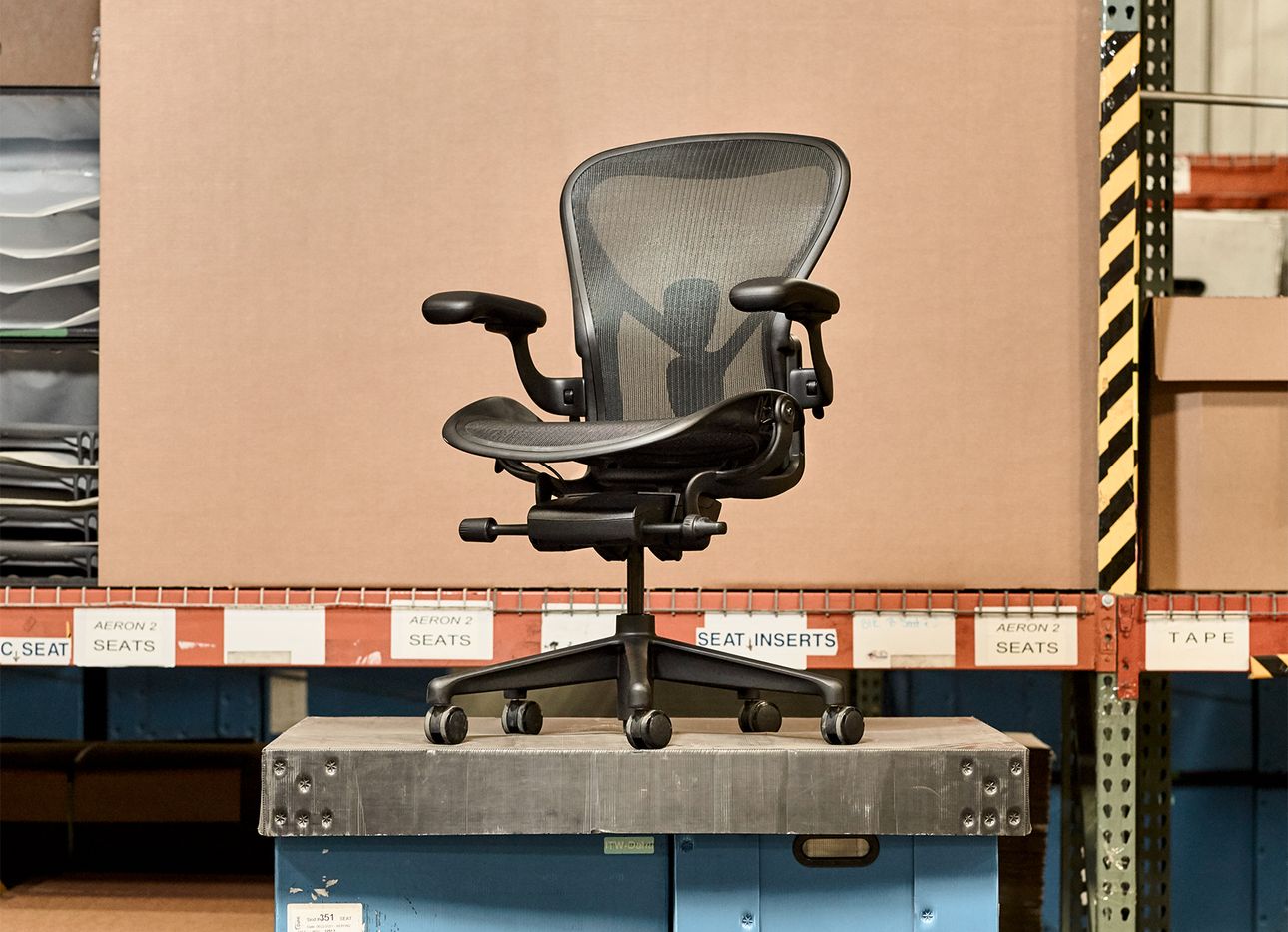
How Design Can Reframe Ocean Plastic as a Resource, Not Waste
According to a 2016 report by the World Economic Forum, a full garbage truck’s worth of plastic flows into our oceans almost every minute. While efforts to remove the so-called “ocean plastic” from the water or collect it from coastlines are urgent and important, they don’t solve the underlying problem of what to do with the material once it’s procured.
To that end, several leading architects and designers have introduced furniture that incorporates ocean plastic. (This is to say nothing of the nonprofit Parley for the Oceans, which was founded in 2012 and has since worked on similar packaging and product initiatives with companies such as Adidas, Corona, and American Express, or Milan galerist Rossana Orlandi’s Guiltless Plastic project, started in 2019.) While many of these instances may amount to greenwashing, a closer look at some of them suggests that certain designers and companies are reconsidering the role of the material entirely—and view plastic as a durable resource that can be put to use by rethinking its supply chains and transforming it into well-crafted objects that are made to last.
This month, Herman Miller announced that its ergonomic Aeron chair, the popular office seats designed by Bill Stumpf and Don Chadwick in 1994, from here on will contain up to two-and-a-half pounds of ocean-bound plastic—plastic that’s discarded near a beach, often in the form of plastic bottles, jugs, caps, and fishing gear. To mark the occasion, it introduced a new color, Onyx Ultra Matte, the latest addition to a growing number of office accessories and internal shipping materials the company has re-engineered using the substance. Herman Miller sources the plastic from India and Indonesia, and as a member of NextWave—a global coalition of brands developing supply systems and uses for ocean-bound plastic—the company is creating demand and establishing a process for gathering the material, as well as employing people from local communities to participate in its collection.
The Oslo- and New York–based architecture firm Snøhetta used a similar strategy when designing its S-1500 chair. The project emerged from Plast, a lab Snøhetta ran in Norway from 2017 to 2019 to experiment with recycled plastic and reposition it as an asset, and a partnership with the Norwegian furniture manufacturer Nordic Comfort Products (NCP). Stian Alessandro Ekkernes Rossi, an architect on the project, realized that plastic components from the local salmon industry could be melted down and molded to form the chair. The resulting seat is made from worn-out fishing nets, ropes, and pipes—all sourced within a 12-mile radius of NCP’s factory.
Humanscale’s net positive Smart Ocean office chair also incorporates used fishing nets that are gathered via a collection and recycling program. Other design companies, including Vondom, Mater, and Emeco (whose CEO, Gregg Buchbinder, spoke with us last fall about the Emeco “carbon calculator” on Ep. 81 of our At a Distance podcast) continue to refine their own systems for upcycling consumer waste into enduring objects.
Of course, no single industry or company is large enough to solve the problem of the world’s growing piles of plastic. But these designs reframe the material in ways that are relevant for practitioners in all industries. “Plastic is good if it’s used smartly, and bad if it’s used poorly,” Rossi, the Snøhetta architect, told The New York Times. “It’s interesting how something that’s perceived as so low-end and cheap is really functional and long-lasting, and has amazing advantages.”